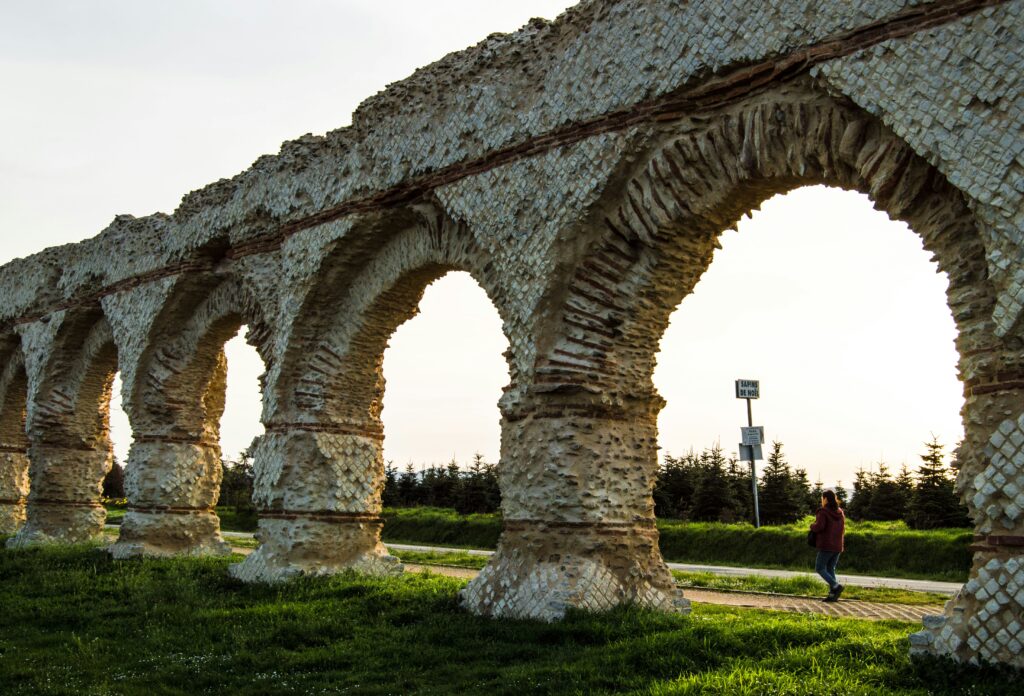
Throughout history, civilizations have developed ingenious ways to manage water resources. These ancient techniques not only showcase our ancestors’ ingenuity but also offer valuable lessons for modern water management.
Roman Aqueducts: Engineering Marvels
The Roman aqueduct system, spanning over 400 km at its peak, demonstrates the power of gravity-fed water distribution. These structures transported water from distant sources to urban centers, supporting large populations and complex societies. Today, we can learn from their efficient design and use of natural gradients to minimize energy use in water transportation.
Persian Qanats: Sustainable Groundwater Management
Qanats, underground canal systems developed in ancient Persia, offer insights into sustainable groundwater extraction. These systems tapped into aquifers and used gravity to transport water over long distances without pumps. The qanat system teaches us about the importance of working with natural hydrogeological conditions and the value of slow, steady water extraction to maintain aquifer health.
Aztec Chinampas: Integrating Agriculture and Water Management
The Aztec chinampas, or “floating gardens,” represent an innovative approach to integrating agriculture with water management. Built in shallow lake beds, these raised fields increased agricultural productivity while managing water levels. This system highlights the potential for multifunctional landscapes that address food security and water management simultaneously.
By studying and adapting these ancient techniques, we can develop more resilient and sustainable water management systems for the future. The preservation of this knowledge is crucial not just for our cultural heritage, but for inspiring innovative solutions to modern water challenges.